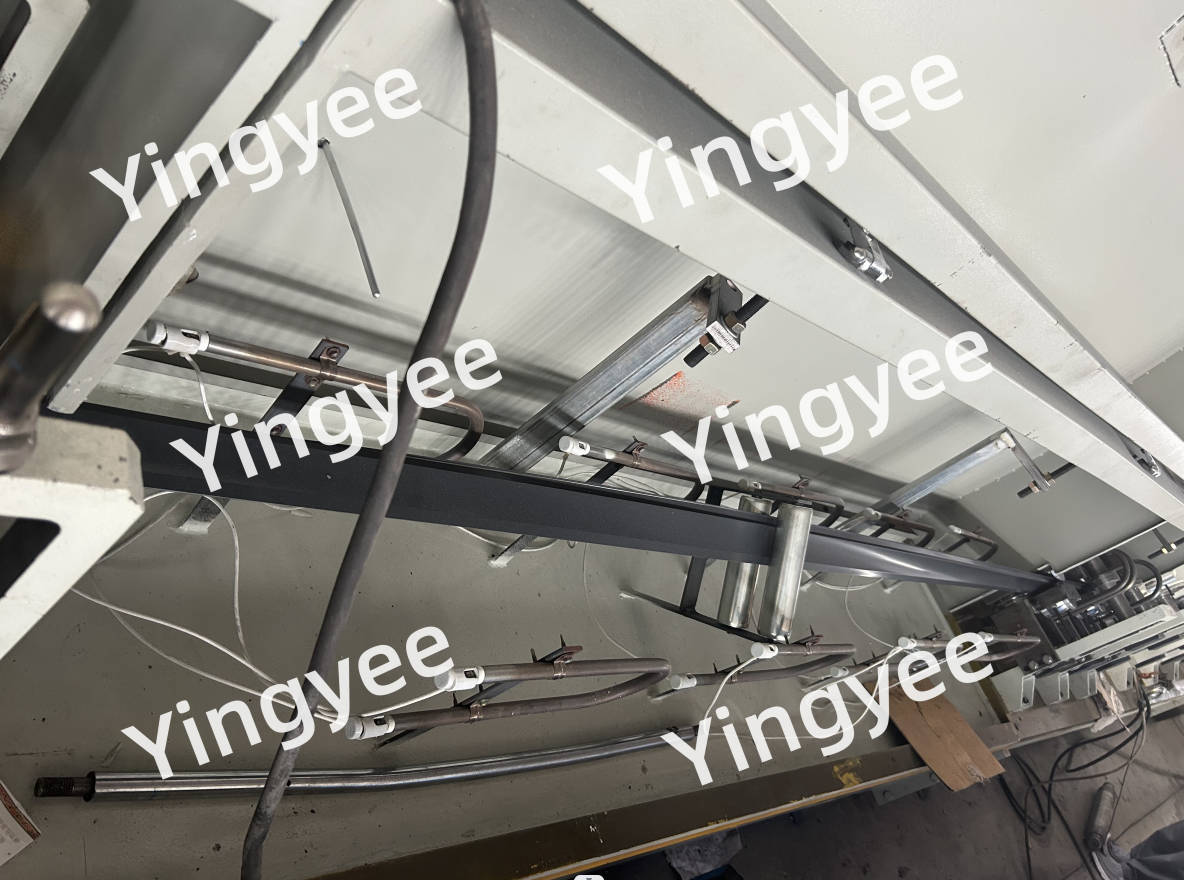
The Production of Sandwich Panels An Overview
Sandwich panels are composite building materials that have gained immense popularity in recent years due to their unique structure and outstanding qualities. Typically composed of two outer layers and a core material, sandwich panels are lauded for their excellent insulation properties, lightweight structure, and ease of installation. This article explores the production process of sandwich panels, highlighting the materials used, manufacturing techniques, and the advantages they bring to construction and industrial applications.
Materials Used in Sandwich Panels
The production of sandwich panels begins with the selection of appropriate materials for the outer layers and the core. The outer layers are usually made of metal sheets, such as steel or aluminum, which provide strength and durability. Depending on the application, these sheets can be coated with protective layers to enhance corrosion resistance and improve aesthetic appeal.
The core material is where the magic happens, as it plays a crucial role in providing insulation and structural integrity. Common core materials include polyurethane (PU) foam, polystyrene (EPS), and mineral wool. Each material has its specific thermal resistance and fire resistance properties, allowing manufacturers to tailor the panels to meet specific project requirements.
Manufacturing Techniques
The manufacturing of sandwich panels involves several key steps. First, the outer layers are prepared, often through processes such as cutting, shaping, and surface treatment. Next, the core material is produced separately, either by continuous foam injection or by cutting pre-manufactured sheets to the desired size.

Once the materials are ready, the assembly process begins. The core is positioned between the two outer layers, and adhesive is applied to bond them securely. This can be done using various methods, such as hot pressing or cold bonding, depending on the materials used and the desired properties of the final product. Advanced technologies, such as automated production lines, are increasingly employed to enhance efficiency and ensure high-quality output.
Advantages of Sandwich Panels
The benefits of sandwich panels are numerous and contribute to their growing use in various sectors. One of the most significant advantages is their exceptional thermal insulation, which helps reduce energy costs in buildings. Additionally, their lightweight nature allows for easier transportation and handling, ultimately leading to reduced labor costs during installation.
Another key advantage is the versatility of sandwich panels. They can be used in a variety of applications, including commercial buildings, cold storage facilities, and even residential homes. The variety of core materials and outer finishes available means that architects and builders can customize the panels to achieve desired aesthetics and performance levels.
Moreover, sandwich panels boast excellent resistance to environmental factors such as moisture and fire, making them suitable for diverse climates and conditions.
Conclusion
In conclusion, the production of sandwich panels is a sophisticated process that involves careful selection of materials and advanced manufacturing techniques. Their remarkable insulation properties, lightweight design, and versatility make them a preferred choice in modern construction. As the demand for energy-efficient and cost-effective building solutions continues to rise, sandwich panels are undoubtedly destined to play a pivotal role in the future of the construction industry.